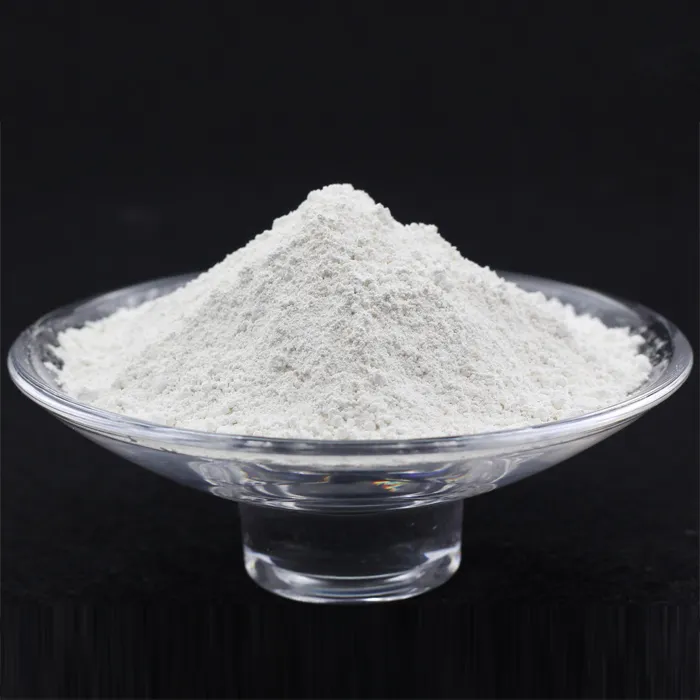The Chemical Used to Disinfect Drinking Water A Comprehensive Overview
Disinfecting drinking water is a critical public health measure aimed at preventing waterborne diseases and ensuring that the water we consume is safe. Various methods and chemicals are employed globally to achieve this, but one of the most commonly used chemicals for water disinfection is chlorine.
The Importance of Water Disinfection
Waterborne diseases are a significant cause of illness and death worldwide, particularly in developing countries. Contaminated water can harbor pathogens such as bacteria, viruses, and parasites, leading to outbreaks of diseases like cholera, typhoid fever, and dysentery. Thus, the disinfection of drinking water becomes essential to protect public health.
Chlorine The Most Widely Used Disinfectant
Chlorine has been the go-to chemical for water disinfection for over a century. It was first used in the early 1900s and has since become a mainstay in municipal water treatment facilities. Chlorine is favored due to its effectiveness in killing a broad range of microorganisms, its relatively low cost, and its ability to provide residual disinfection in the distribution system.
How Chlorine Works
Chlorine disinfects water through a process known as oxidation. When chlorine is added to water, it either exists as a gas (chlorine gas) or as hypochlorous acid and hypochlorite ions when dissolved. These forms of chlorine penetrate the cell walls of bacteria and viruses, leading to cellular damage and ultimately destroying these pathogens.
Advantages of Chlorination
1. Effective Against Pathogens Chlorine effectively eliminates a wide range of harmful microorganisms, including E. coli, Salmonella, and viruses like hepatitis A. 2. Residual Effect One of the unique properties of chlorine is its residual effect; it persists in the water supply, providing ongoing protection against re-contamination as the water moves through pipes to consumers.
what chemical is used to disinfect drinking water

4. Simplicity and Accessibility The process of chlorination is straightforward and can be implemented in various settings, from large municipal systems to small rural water supplies.
Health Considerations
While chlorine is effective, its use is not without controversy. When chlorine reacts with organic matter in the water, it can form disinfection byproducts (DBPs) such as trihalomethanes (THMs) and haloacetic acids (HAAs), which have been linked to health risks, including cancer. Regulatory bodies have set limits on the allowable concentrations of these byproducts to mitigate potential health concerns.
To balance effective disinfection and minimize DBP formation, water treatment facilities often use additional methods in conjunction with chlorination. These may include pre-treatment processes like sedimentation and filtration to reduce organic materials before chlorination.
Alternatives to Chlorine
In response to the concerns related to chlorine, some water treatment facilities have started exploring alternative disinfectants. These may include
1. Ozone Ozone is a powerful oxidant that can kill bacteria and viruses without producing harmful byproducts. However, its application requires specialized equipment and can be more expensive than chlorine.
2. Ultraviolet (UV) Light UV disinfection effectively inactivates pathogens by damaging their DNA. It is chemical-free and does not result in DBPs, but it lacks a residual effect, requiring additional measures for post-treatment disinfection.
3. Chloramines These compounds are formed by combining chlorine with ammonia. They are less reactive than chlorine and can provide a longer-lasting residual. However, they are less effective at killing certain pathogens and can lead to different types of byproducts.
Conclusion
The disinfection of drinking water is a crucial component of public health strategy, with chlorine being one of the most widely used chemicals due to its effectiveness, cost, and residual properties. While concerns about disinfection byproducts exist, regulatory measures and alternative methods are continuously being researched to improve water safety. Ultimately, the goal remains clear to ensure that everyone has access to safe and clean drinking water.

